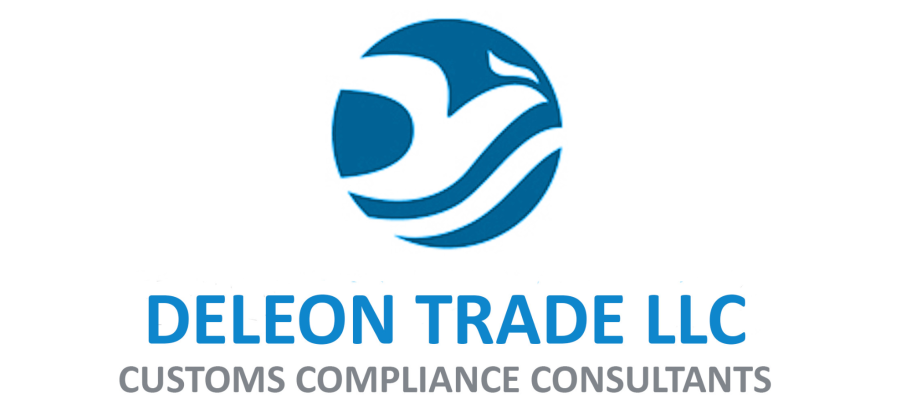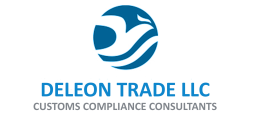A Guide to Updated AD/CVD Regulations
As announced in 89 FR 20832 (Mar. 25, 2024), there have been several recent amendments to the regulations governing antidumping and countervailing duty laws. These amendments aim to improve the enforcement and administration of the AD/CVD laws, make them more efficient, and address factors that distort costs and prices in international trade. Below is an overview of each named amendment and its corresponding regulatory requirement:
Filing Requirements:
- Documents not originating with the Department must be placed on the official record for the Secretary to consider them.
- Mere citations to hyperlinks, website URLs, or other sources of information do not constitute placement of the information on the official record.
- Exceptions to this rule include publicly available sources such as United States statutes and regulations, published legislative history, court decisions and orders, Federal Register notices and determinations, Commission reports, dictionary definitions, international agreements, and dispute settlement determinations arising from those agreements.
- Proprietary, privileged, and classified information must also be placed on the official record.
- Notices and determinations originating with the Department and published in the Federal Register may be cited without being placed on the official record.
Scope:
- A scope ruling application must be filed on the records of both the antidumping duty and countervailing duty proceedings if there are companion antidumping and countervailing duty orders covering the same merchandise from the same country of origin.
- If the scope ruling application is accepted on both records, subsequent filings should be filed only on the record of the antidumping duty proceeding.
- Once a final scope ruling is issued on the record of the antidumping duty proceeding, a copy of that ruling will be included on the record of the countervailing duty proceeding.
Circumvention:
- A request for a circumvention inquiry must be filed on the records of both the antidumping duty and countervailing duty segments of the proceeding if there are companion antidumping and countervailing duty orders covering the same merchandise from the same country of origin.
- If the request is accepted on both records, subsequent filings should be filed only on the record of the antidumping duty proceeding.
- Once a final circumvention determination is issued on the record of the antidumping duty proceeding, copies of the final determination memoranda and Federal Register notices will be included on the record of the countervailing duty proceeding.
Covered Merchandise Inquiries:
- Filing and timing restrictions do not apply to covered merchandise inquiries.
- Factual information submitted inconsistent with the terms of the regulations may be rejected as unsolicited and untimely.
Use of New Factual Information:
- Interested parties may submit comments and new factual information regarding the adequacy of a scope ruling application or a circumvention inquiry request within specific timeframes.
- The Secretary will determine whether to accept or reject the application or request and whether to initiate or not initiate a scope inquiry or circumvention inquiry within specific timeframes.
- If the Secretary does not reject the application or request or initiate the inquiry within the specified timeframes, it will be deemed accepted or initiated.
Countervailable Subsidies:
- The Secretary may adjust calculations to address distortions to the cost of production caused by a particular market situation.
- The Secretary may treat a loan as a grant if no payments on the loan have been made in three years.
- The Secretary may adjust calculations if a particular market situation has contributed to distortions in the cost of materials and fabrication or other processing.
- The Secretary may consider whether a particular market situation that contributes to distortions in the cost of materials and fabrication or other processing also prevents or does not permit a proper comparison of prices.
Particular Market Situations:
- A particular market situation is a circumstance or set of circumstances that prevents or does not permit a proper comparison of sales prices or contributes to the distortion of the cost of materials and fabrication or other processing.
- Examples of particular market situations include the imposition of export taxes, limitations on exports, anticompetitive regulations, direct government control over pricing, overcapacity of a significant input, government ownership or control of a significant input producer, government intervention in the market for a significant input, and weak or nonexistent property, human rights, labor, or environmental protections.
- The Secretary may adjust calculations to address distortions caused by a particular market situation.
- The Secretary may determine if a market situation is particular and may consider the size and nature of the market situation, the volume of impacted merchandise, and the number and nature of affected entities.
Submitting Information:
- Interested parties may submit comments, factual information, and new factual information regarding the adequacy of a scope ruling application, circumvention inquiry request, or particular market situation.
- Interested parties may also submit Notices of Subsequent Authority with relevant information from United States Federal court decisions or determinations by the Secretary in other segments or proceedings.
- Responsive comments and factual information to rebut or clarify the Notices of Subsequent Authority must be submitted within specific timeframes.
Timing for Notices of Subsequent Authority:
- Notices of Subsequent Authority must be submitted no later than 30 days after the alleged subsequent authority was issued and no later than 30 days before the deadline for issuing the final determination or results.
- Rebuttal submissions must be filed no later than 25 days before the deadline for issuing the final determination or results.
- The Secretary may be unable to consider and address the arguments and applicability of alleged subsequent authorities adequately if a Notice of Subsequent Authority or rebuttal submission is submitted later in the segment of the proceeding.
Selecting Countervailable Subsidy Rates:
- The Secretary will normally select the highest program rate available using a hierarchical analysis when applying an adverse inference in selecting a countervailable subsidy rate.
- The hierarchy includes considering rates from cooperating respondents, rates from other countervailing duty proceedings involving the same country, rates from similar or comparable programs, and rates from non-company-specific programs.
We need your consent to load the translations
We use a third-party service to translate the website content that may collect data about your activity. Please review the details in the privacy policy and accept the service to view the translations.

